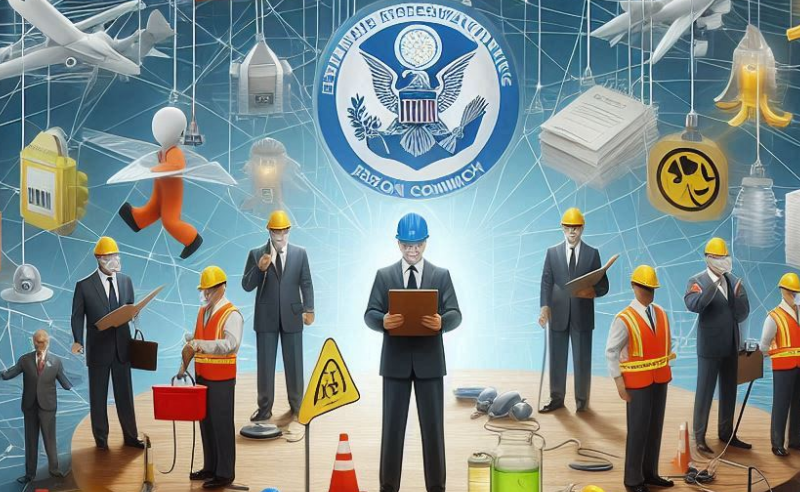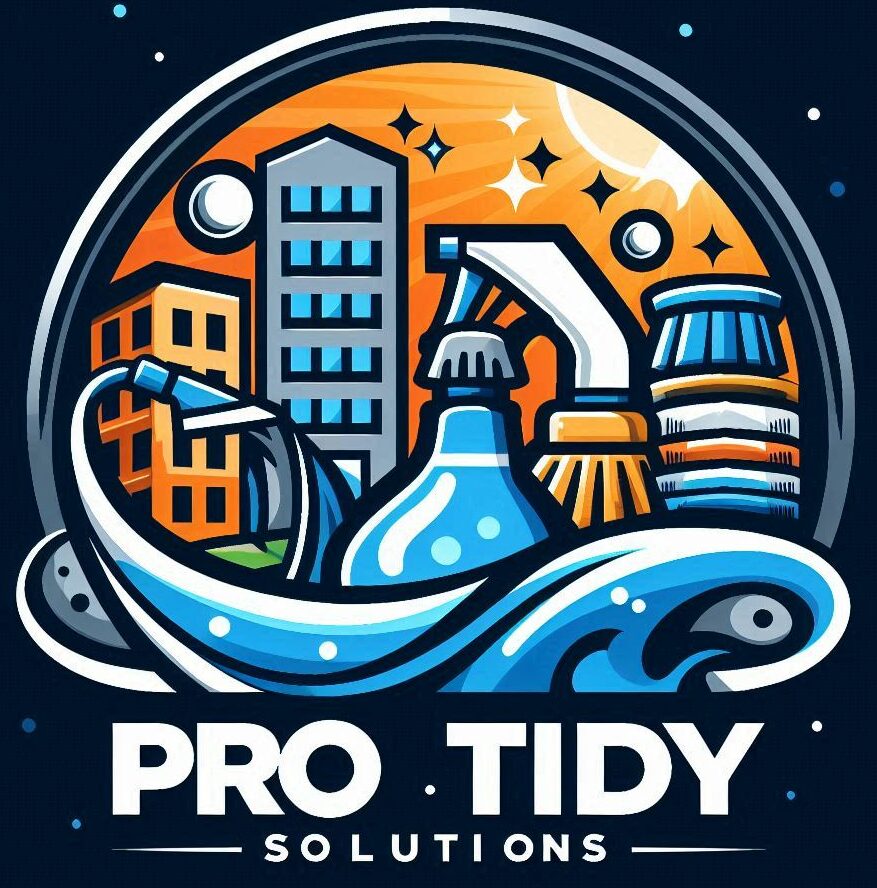
In the world of commercial cleaning, staying compliant isn’t just a legal necessity—it’s a commitment to public well-being and an organization’s reputation. Businesses that prioritize compliance create cleaner, safer spaces for everyone who walks through their doors. Public health and safety hinges on diligent adherence to cleaning regulations, reducing risks like chemical exposure or improper sanitation practices.
Ignoring compliance can lead to hefty fines and legal repercussions, not to mention damage to a business’s brand image. Customers and clients expect environments where cleanliness standards meet rigorous regulatory demands, and falling short can be costly in more ways than one.
There are several key regulations and standards that businesses need to keep an eye on. These include guidelines set forth by bodies like OSHA, which ensures workplace safety, and the EPA, which oversees environmental impacts. Navigating these can seem daunting but understanding them is crucial for any cleaning operation.
This guide aims to provide a roadmap for businesses to not only meet but also maintain compliance effectively. By being proactive and informed, businesses can safeguard their operations, protect public health, and uphold their reputations in the marketplace.
https://www.wealthyaffiliate.com?a_aid=edeedd60
Navigating Regulatory Landscapes in Commercial Cleaning
Regulatory compliance in commercial cleaning involves a web of guidelines set by various federal, state, and local bodies. It starts with understanding pivotal organizations like OSHA, which crafts rules to ensure worker safety in potentially hazardous conditions, and the EPA, dedicated to managing the environmental impact of cleaning processes.
At the state and local level, regulations can vary widely, making it essential to stay informed about specific requirements in different regions. This means not only meeting general standards but also adapting to specialized local mandates that could affect daily operations.
Industry standards such as those provided by ISSA and the Certified Industry Management Standard (CIMS) further refine compliance strategies by focusing on best practices that go beyond legislation, helping businesses maintain a competitive edge.
Key areas of compliance include handling and storing chemicals safely, using appropriate personal protective equipment (PPE), adhering to cleaning protocols for hazardous materials, and disposing of waste appropriately. Mastery of these aspects ensures that businesses not only comply but also operate efficiently and responsibly.
Understanding these complex regulatory landscapes is not merely about ticking boxes. It requires a comprehensive approach to integrating these standards into everyday business practices, ensuring that compliance is woven into the fabric of operations rather than seen as a burdensome obligation.
Building a Compliance-Centric Cleaning Strategy
Crafting a thorough cleaning policy tailored to align with regulatory standards is the foundation of any effective compliance program. Begin by assessing high-risk areas within your commercial environment to ensure these zones receive the attention they require.
Staff training is crucial. Employees need to understand the importance of compliance not just in theory but through practical, hands-on learning. Certification programs, like CIMS-GB, provide structured paths to expertise and validate your team’s ability to maintain high standards.
When selecting cleaning products and equipment, aim for options that are both effective and environmentally friendly. Look for verification through initiatives like the EPA’s Safer Choice, which helps identify qualifying products that meet high health and safety benchmarks.
Remember, the right tools and knowledge empower your team to execute a compliance-driven cleaning strategy effectively. By integrating these standards within every level of operations, compliance becomes a natural part of the workflow rather than an afterthought.
Sustaining Compliance and Addressing Challenges
Maintaining compliance over the long term requires continuous effort and adaptation. Conducting regular audits and inspections is critical for identifying areas needing improvement and ensuring standards are consistently met. Partnering with third-party compliance auditors can provide fresh perspectives and ensure no oversights occur.
Effective record-keeping supports compliance efforts by documenting all cleaning activities and safety measures. Whether through electronic logs or traditional documentation, accurate records are essential for accountability and proof of compliance.
Employee turnover presents a common challenge in the cleaning industry. Retaining well-trained staff is easier when you create efficient onboarding programs that quickly bring new hires up to speed with compliance standards, minimizing potential disruptions.
Complex regulations can be daunting, especially for smaller businesses. Simplifying these protocols and utilizing compliance management software can ease the burden, making adherence more achievable.
Budget constraints might tempt organizations to cut corners, but investing wisely in quality training and equipment is vital for long-term savings and compliance success. Cost-effective solutions exist that meet regulatory needs without straining finances.
Leveraging technology, such as cleaning management software or IoT devices, enhances compliance efforts by enabling real-time tracking of tasks and adherence to standards. These tools serve as allies in your aim to remain proactive and informed about the latest compliance demands.


This guide is an excellent resource for commercial cleaning businesses aiming to maintain top-notch standards and ensure compliance. It effectively communicates that compliance goes beyond legal obligations it’s a vital part of protecting public health and strengthening business reputation. The article provides clear, practical steps for creating effective cleaning policies, training staff, and choosing eco-friendly products. It also thoughtfully addresses real challenges, such as employee turnover and budget constraints, with smart solutions like third-party audits and technology use. This comprehensive approach makes it a must-read for any business committed to efficient and compliant cleaning practices.
Hello Joey,
Thank you so much for your kind words! I’m thrilled to hear that you found the guide helpful and comprehensive. It’s great to know that the emphasis on compliance, public health, and business reputation resonated with you. Addressing real challenges like employee turnover and budget constraints is crucial, and I’m glad the solutions provided were useful. Your feedback is incredibly valuable, and I’m excited to see how businesses can benefit from these insights. Keep striving for excellence in your cleaning practices!
Kind regards,
Jay
This article does a fantastic job of breaking down the complexities of regulatory compliance in commercial cleaning. I completely agree with the emphasis on compliance being more than just a legal obligation. It’s about fostering trust and safety for both employees and customers. The discussion around OSHA and EPA guidelines is especially insightful, as these are often the backbone of a solid compliance strategy.
I also love how the article highlights the importance of proactive training and environmentally friendly cleaning choices. It’s true that having a well-trained team and using eco-friendly products can make compliance feel less like a chore and more like a natural extension of good business practices.
The practical tips on audits, record-keeping, and addressing challenges like employee turnover make this guide invaluable for businesses aiming to stay ahead in this critical area.